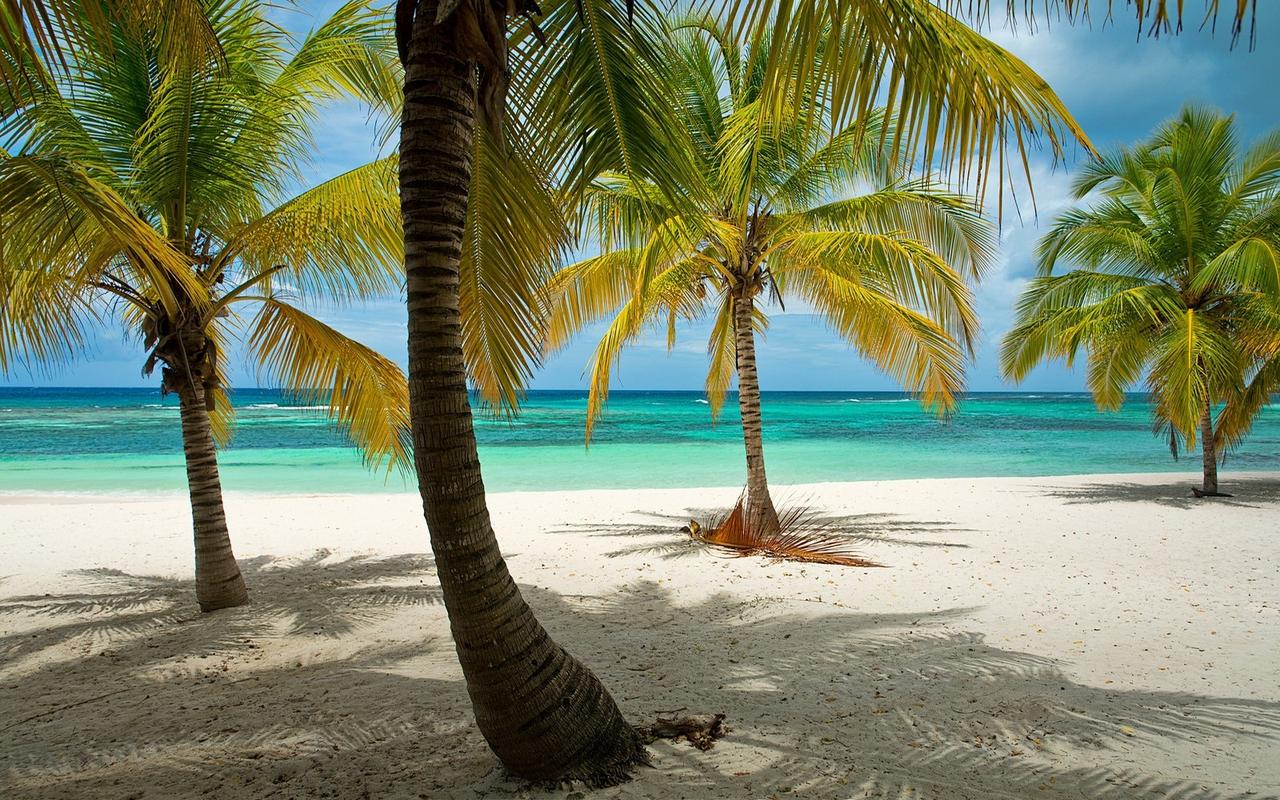Experiencing the rich and diverse culture of the Maya people is a truly unforgettable experience. With a history that spans over 3,000 years, the Maya culture has left its mark on the world in many ways. From their breathtaking archaeological sites, fascinating art, vibrant language and customs, to their intricate rituals and religious beliefs, the traditions of the Maya people are both mesmerizing and captivating.
The Maya Culture: A Brief Overview
The Maya civilization was situated in Central America, with the majority of it occupying the Yucatan Peninsula (which consists of present-day Mexico, Belize and Guatemala) from around 1800 BC to 900 AD. The Maya culture is made up of three distinct periods. The Preclassic period (1800 BC to 250 AD) saw the rise of the early Maya, who established sizeable settlements with evolving religious practices, astronomy and hieroglyphic writing. The Classic period (250-900 AD) was the pinnacle of Maya culture, marked by great advancements in science, society, and art. Lastly, the Postclassic period (900-1521 AD) was a time of political upheaval and change, which saw the decline of the formerly great empire, eventually succumbing to Spanish colonization in the 16th century.
Maya Art and Architecture: Masterpieces of Ingenuity
One of the most memorable hallmarks of the Maya culture is their exceptional art and architecture. The Maya constructed impressive monumental buildings, most notably the towering pyramids that remain icons of their civilization. Their elaborate craftsmanship can be appreciated in their ornate sculptures, pottery and murals. The Maya also fashioned jewelry, clothing, and other domestic items from materials like jade, obsidian, and quetzal feathers, which were in high demand, even in distant regions. Their sophisticated sense of aesthetics and artistic expression continues to amaze historians and visitors alike.
Maya Language: An Endangered Legacy
Unlike many ancient civilizations, the Maya have a living language which is still spoken by more than 7 million descendants today. Maya script, which was only deciphered in the last century, was a complex system of glyphs used to record history, astronomy, and religion. Sadly, the language and its writing system are in danger of extinction, threatened by a lack of speakers and cultural assimilation. Efforts to preserve the language and promote its use remain a significant challenge.
Maya Religion: A Mysterious World of Ritual and Belief
The Maya were deeply spiritual and believed in deities and supernatural forces that controlled every aspect of nature. They held complex rituals and ceremonies to appease their gods and ensure proper weather patterns for agriculture. The Maya also believed in an afterlife and had a detailed understanding of the relationship between the living and the deceased. One of the most famous artifacts of Maya religious practices is the Mayan calendar, which was critical to religious observances and served as an innovation in timekeeping.
Conclusion: The Captivating World of Maya Culture
The Maya culture is a fascinating world of art, religion, language, and technology that remains relevant today. Their timeless traditions and impressive achievements continue to captivate visitors to their archaeological sites and inspire interest in their culture. With ongoing efforts to preserve their legacy, we can only hope that the Maya culture will endure for generations to come.




